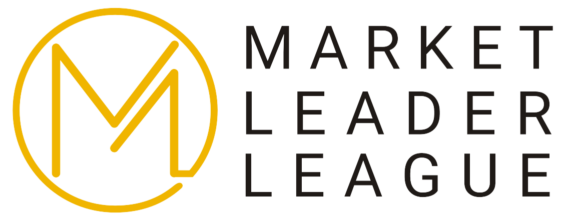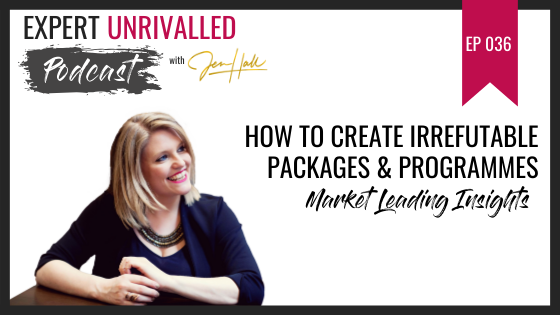Anyone can put together a package but how do you put together a package that sells like hot cakes?
In this episode I talk about:-
- How to create packages that are irrefutable to your ideal client
- Why it’s the first thing you should be thinking about before anything else in your business
- The simple marketing message that will bring huge sales results whether you’re selling high-ticket or not.
Plus many more tips and tricks to create an offering that won’t be refused!
Useful Links:-
Book a Call with Jen – bit.ly/claritycallpodcast
Book onto my Evolve & Elevate Strategy Session – http://www.jen-hall.com/strategysession
Download my free Ultimate Guide to Becoming a Market Leader – http://bit.ly/MARKETLEADERGUIDE
Send your emails to jen@jen-hall.com
[spp-transcript]

